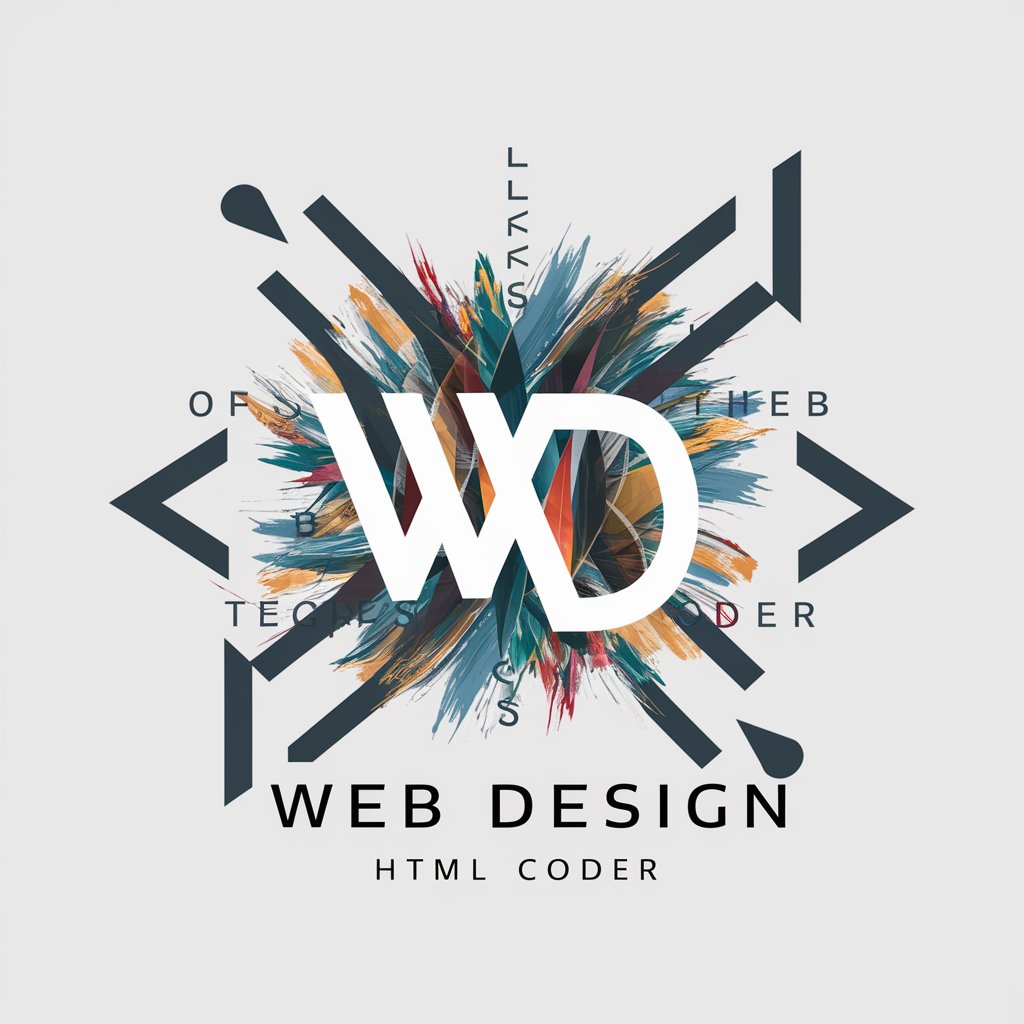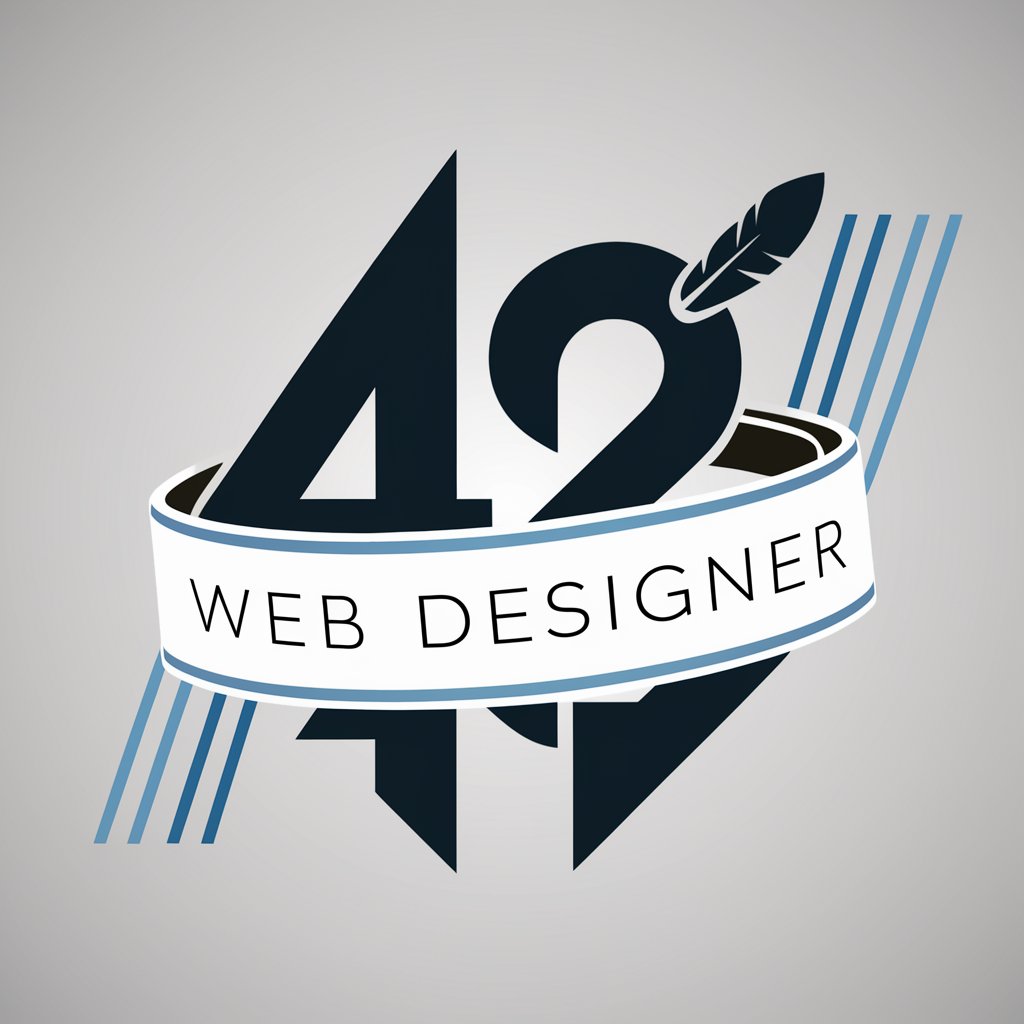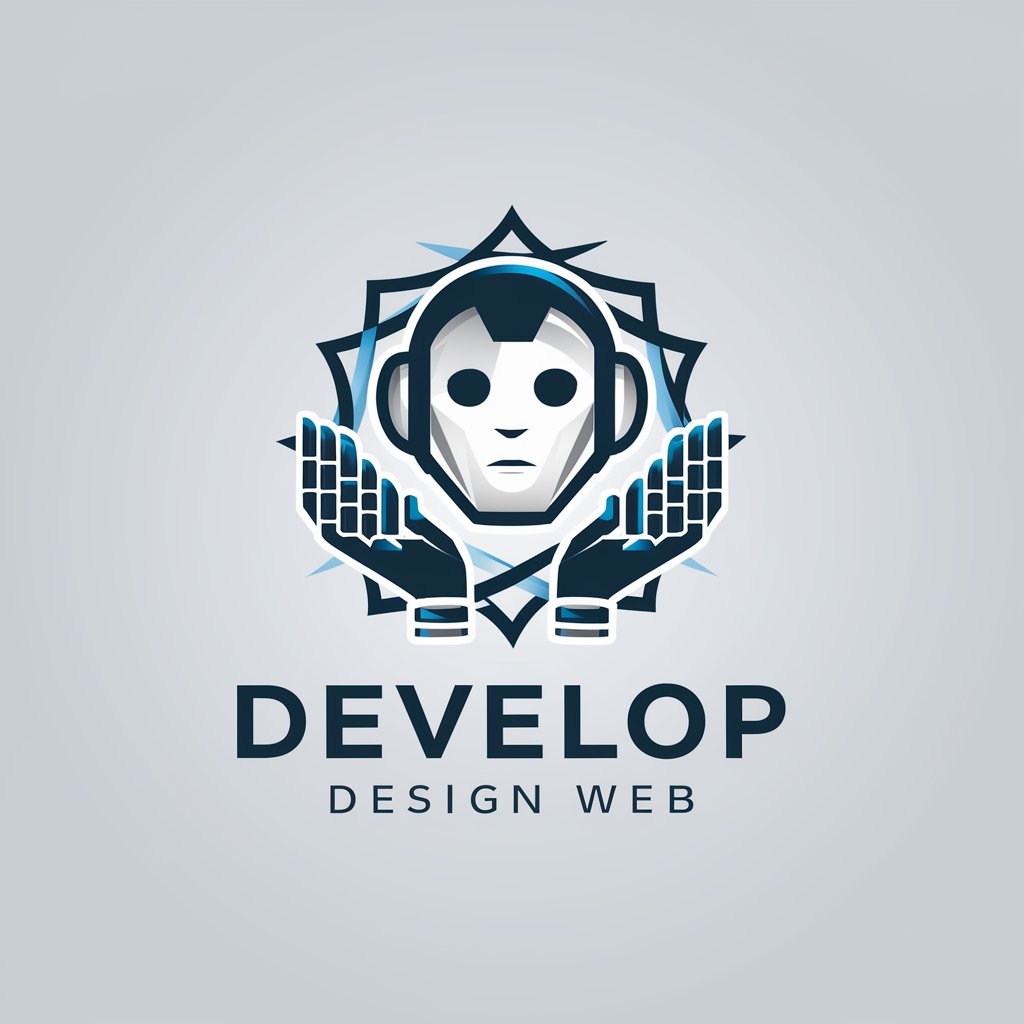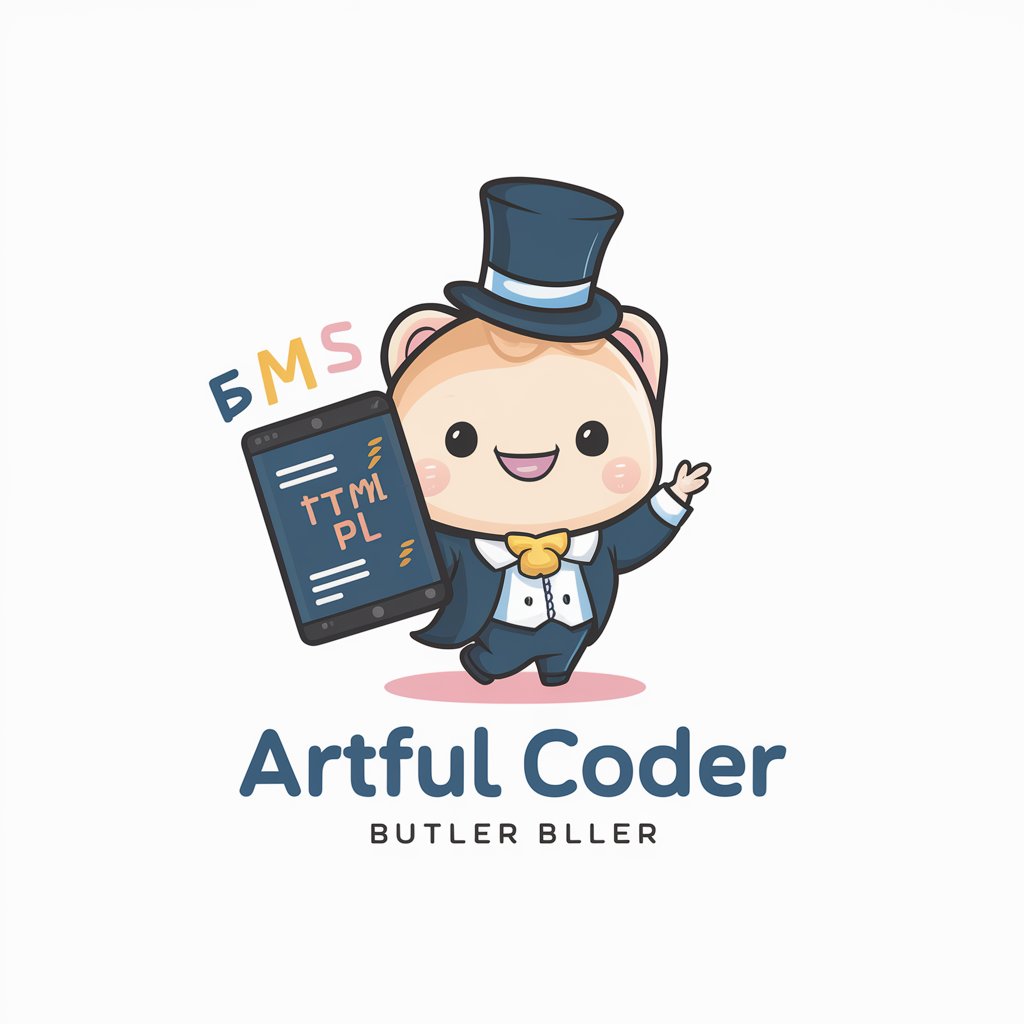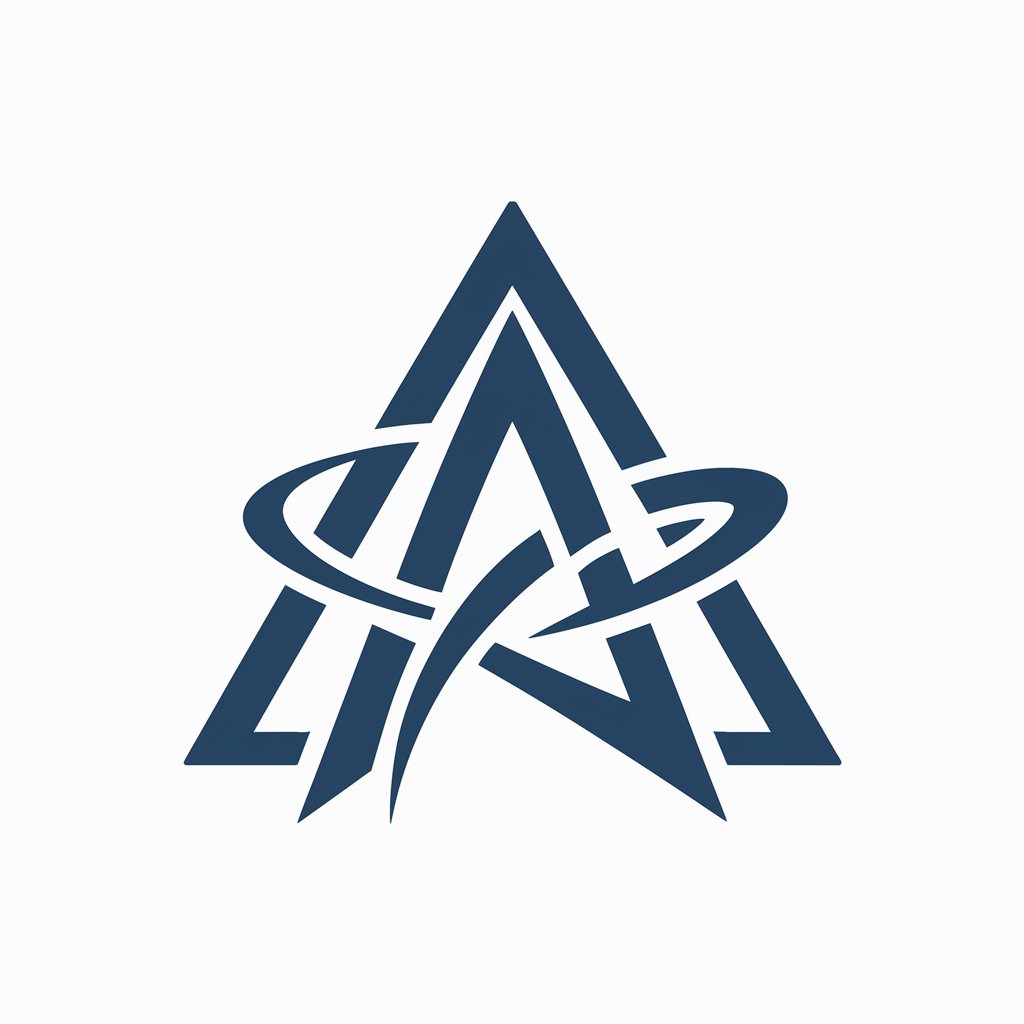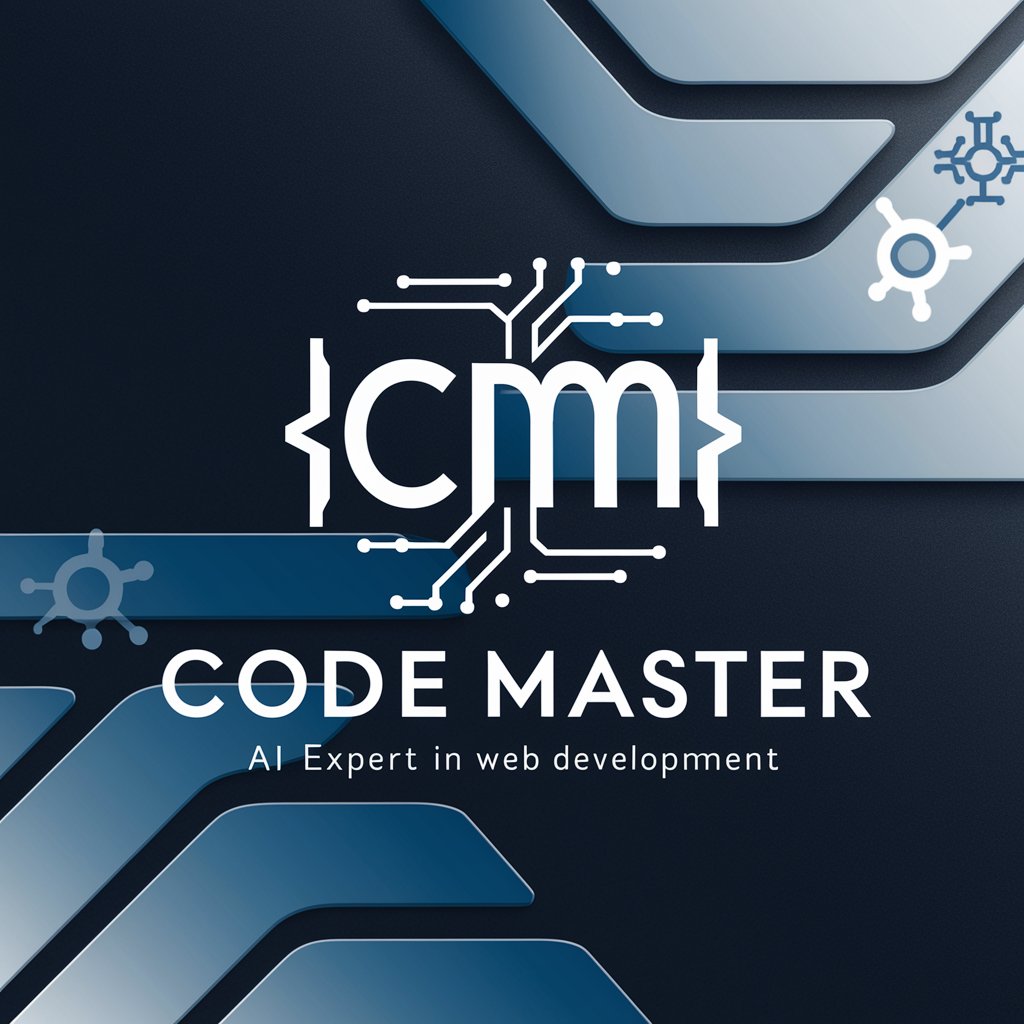
Material Web Design Coder - Material Design HTML Conversion
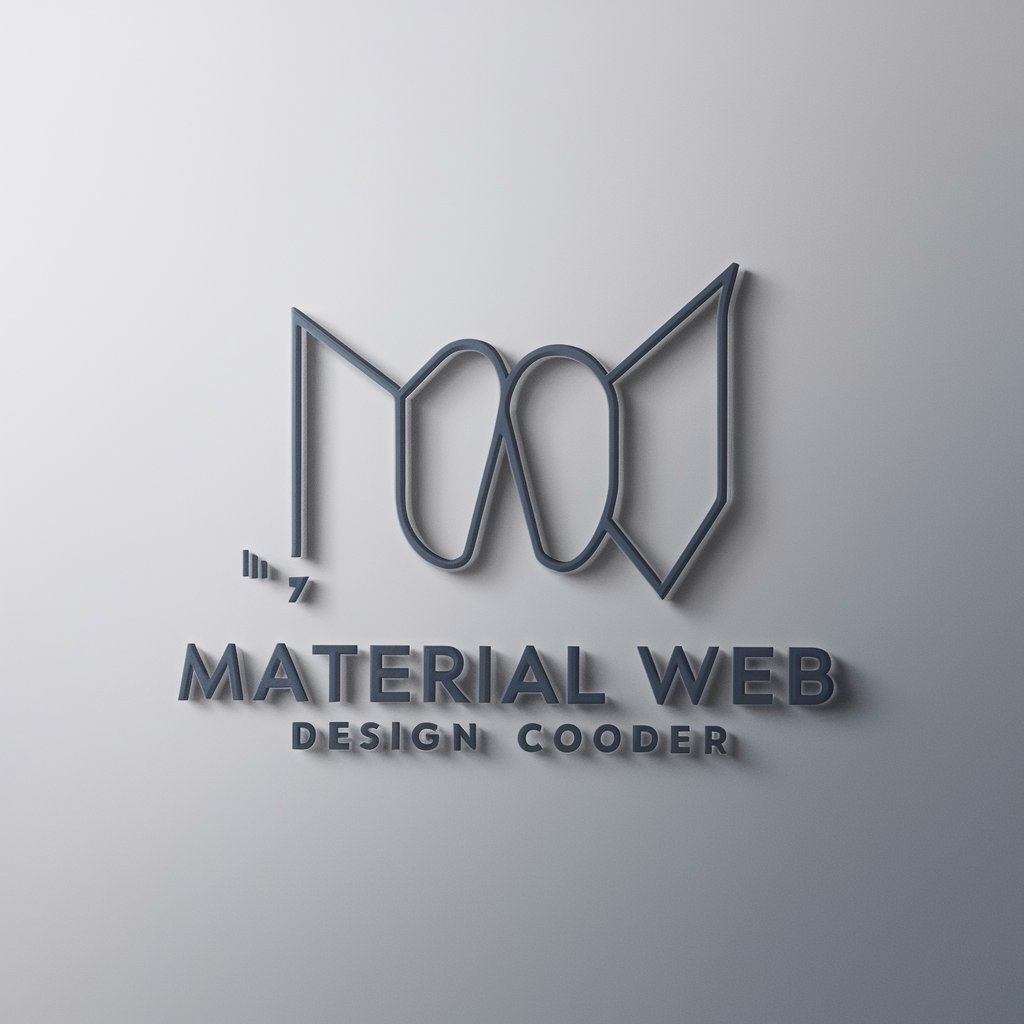
Welcome! Let's enhance your web forms with Material Design.
Transform HTML to Material Design effortlessly.
Create a responsive form using Material Design components that includes...
How do I add a character counter to a Material Design text field that...
Generate HTML for a Material Design login form with icons and...
What are the best practices for implementing accessible Material Design components in...
Get Embed Code
Introduction to Material Web Design Coder
Material Web Design Coder is a specialized tool designed to assist developers in transforming traditional HTML form elements into components that align with Google's Material Design guidelines. It focuses on enhancing web interfaces by implementing Material Design principles, which aim to create a more visually appealing, user-friendly, and intuitive experience on web applications. For example, it converts basic HTML elements like `<input type="text">` into `<md-outlined-text-field>` and `<button>` elements into `<md-outlined-button>`, ensuring a consistent and modern look across web forms. The coder is equipped to handle various text field attributes such as 'label', 'type', 'placeholder', and incorporates additional features like icons, prefixes, suffixes, supporting text, character counters, and validation techniques. This ensures developers can create inclusive, accessible, and aesthetically pleasing forms, improving the overall user experience. Powered by ChatGPT-4o。

Main Functions of Material Web Design Coder
Conversion to Material Design Components
Example
Converting `<input type="text">` to `<md-outlined-text-field>` and `<button>` to `<md-outlined-button>`.
Scenario
When a developer is updating an existing web application's forms to align with Material Design standards, they use Material Web Design Coder to automatically transform the interface elements, ensuring a consistent modern aesthetic and user experience.
Enhancing Accessibility and Usability
Example
Adding 'label', 'placeholder', and accessibility features to `<md-outlined-text-field>` components.
Scenario
In the development of a new user registration form, a developer uses Material Web Design Coder to ensure all text fields are clearly labeled, include helpful placeholders, and are accessible, meeting web accessibility standards and improving form usability for all users.
Implementing Advanced Form Features
Example
Incorporating character counters, validation, and icons in text fields.
Scenario
For a complex form that requires input validation and user guidance, developers use Material Web Design Coder to add character counters for input length restrictions, real-time validation feedback, and icons for visual cues, enhancing form functionality and user interaction.
Ideal Users of Material Web Design Coder Services
Web Developers and Designers
Professionals tasked with creating or updating web applications to improve usability, aesthetics, and accessibility. They benefit from using Material Web Design Coder by streamlining the development process, ensuring consistency with Material Design standards, and enhancing the overall user experience.
UI/UX Designers
Individuals focused on optimizing user interfaces and experiences would find Material Web Design Coder invaluable for quickly implementing design concepts that adhere to Material Design principles, enabling rapid prototyping and testing of web forms and components.
Product Managers
Product managers overseeing the development and improvement of digital products can leverage Material Web Design Coder to ensure their teams are implementing best practices in design and user experience, thus contributing to higher user satisfaction and engagement.

How to Use Material Web Design Coder
Start Your Journey
Begin by accessing yeschat.ai to explore Material Web Design Coder with a free trial, no login or ChatGPT Plus subscription required.
Explore Documentation
Familiarize yourself with the provided documentation to understand the conversion process, including how to transform standard HTML elements into Material Design components.
Prepare Your Code
Gather the HTML forms or components you wish to convert. Ensure they include elements like input fields and buttons for optimal use of the coder.
Use the Conversion Features
Apply the coder to your HTML elements, converting <input type="text"> into <md-outlined-text-field> and <button> into <md-outlined-button>, adjusting attributes as needed.
Test and Iterate
After conversion, test your forms for functionality and design fidelity. Utilize the coder’s features for adding icons, validation, and accessibility improvements.
Try other advanced and practical GPTs
Freidurch Experte
Empowering Your Digital Journey with AI
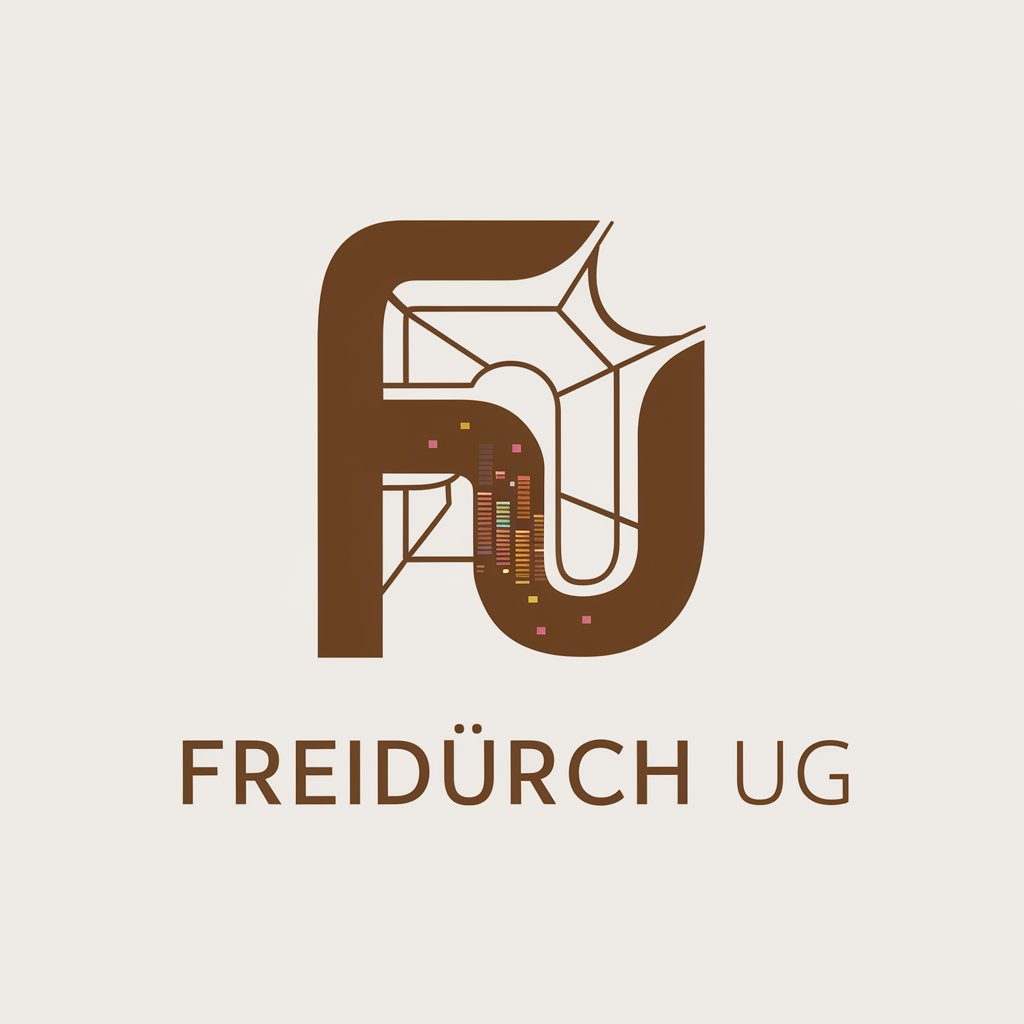
Cryptoversidad
Empowering Your Social Media Voice
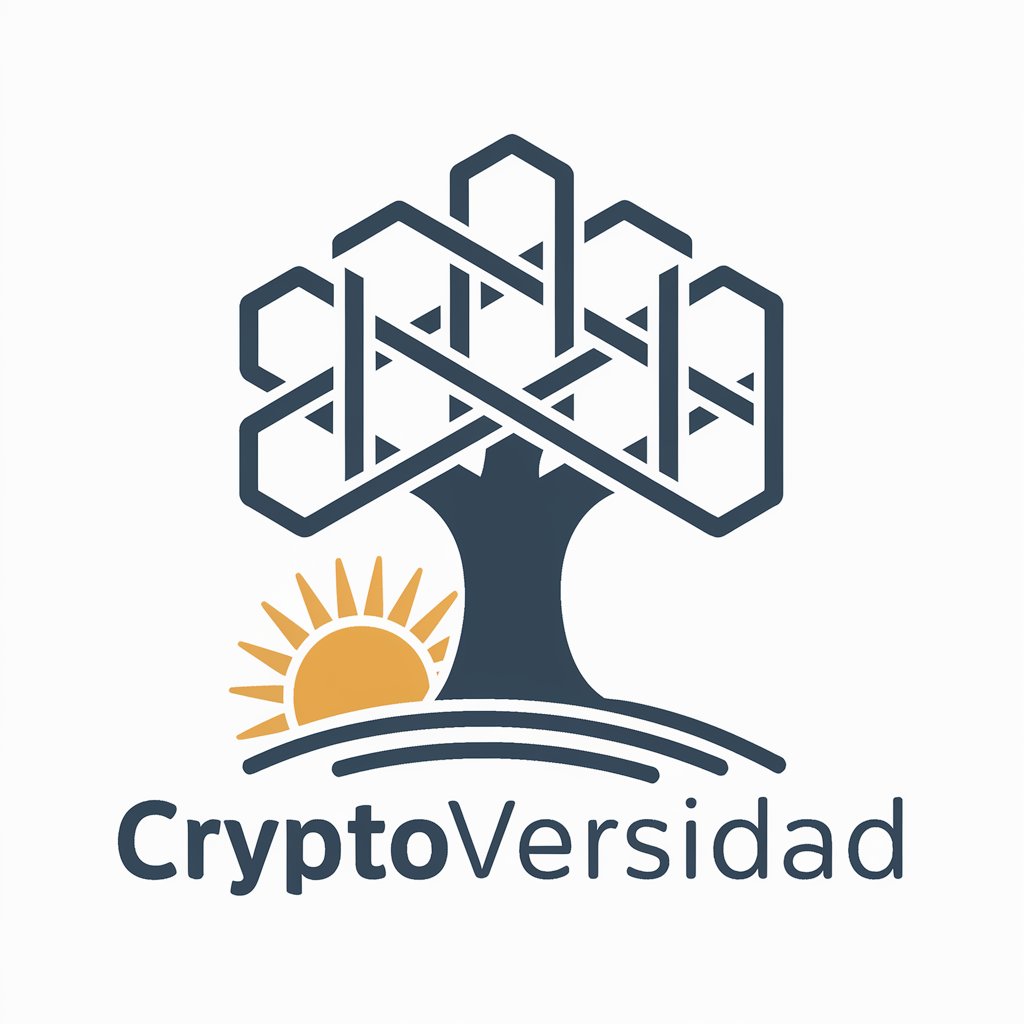
Content Social GEN
Transform Content into Engaging Stories
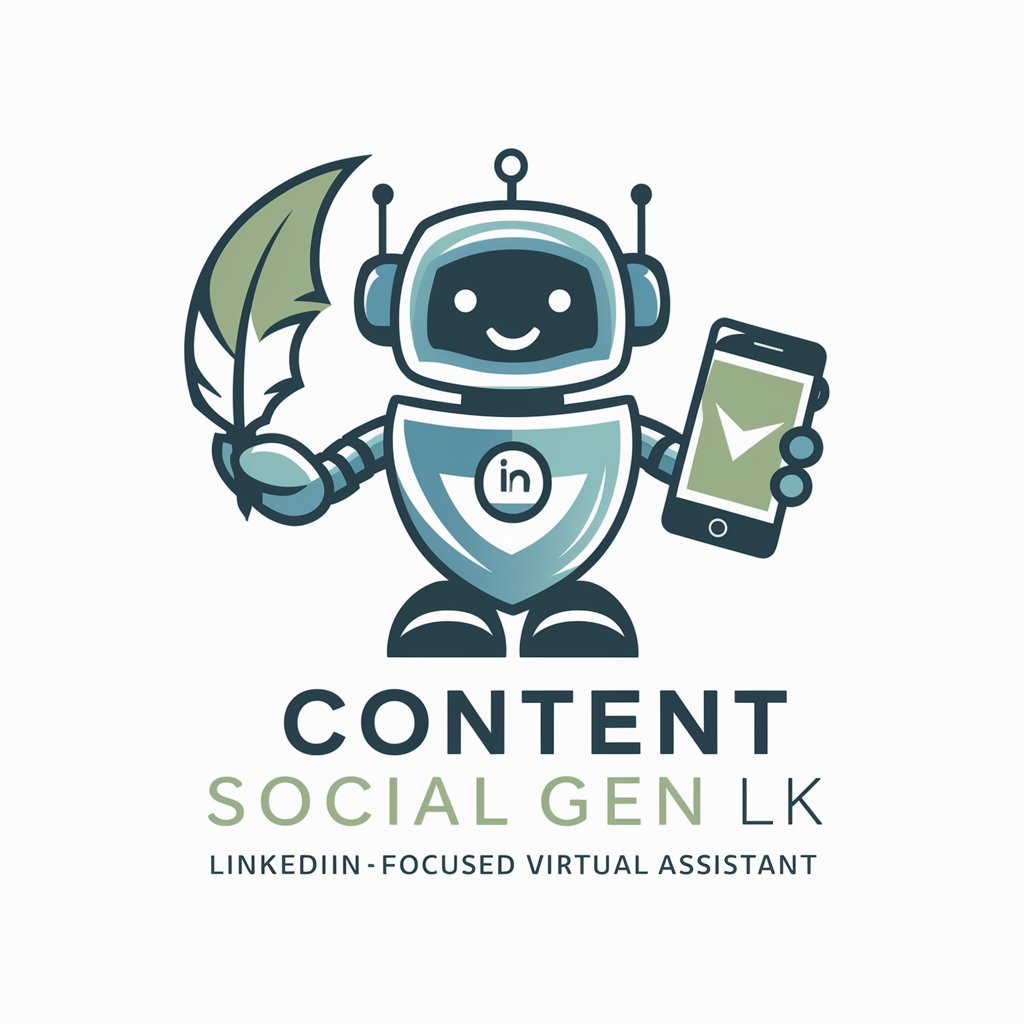
心靈探索局 | 輔導長
Unveil Your Soul's Path with AI
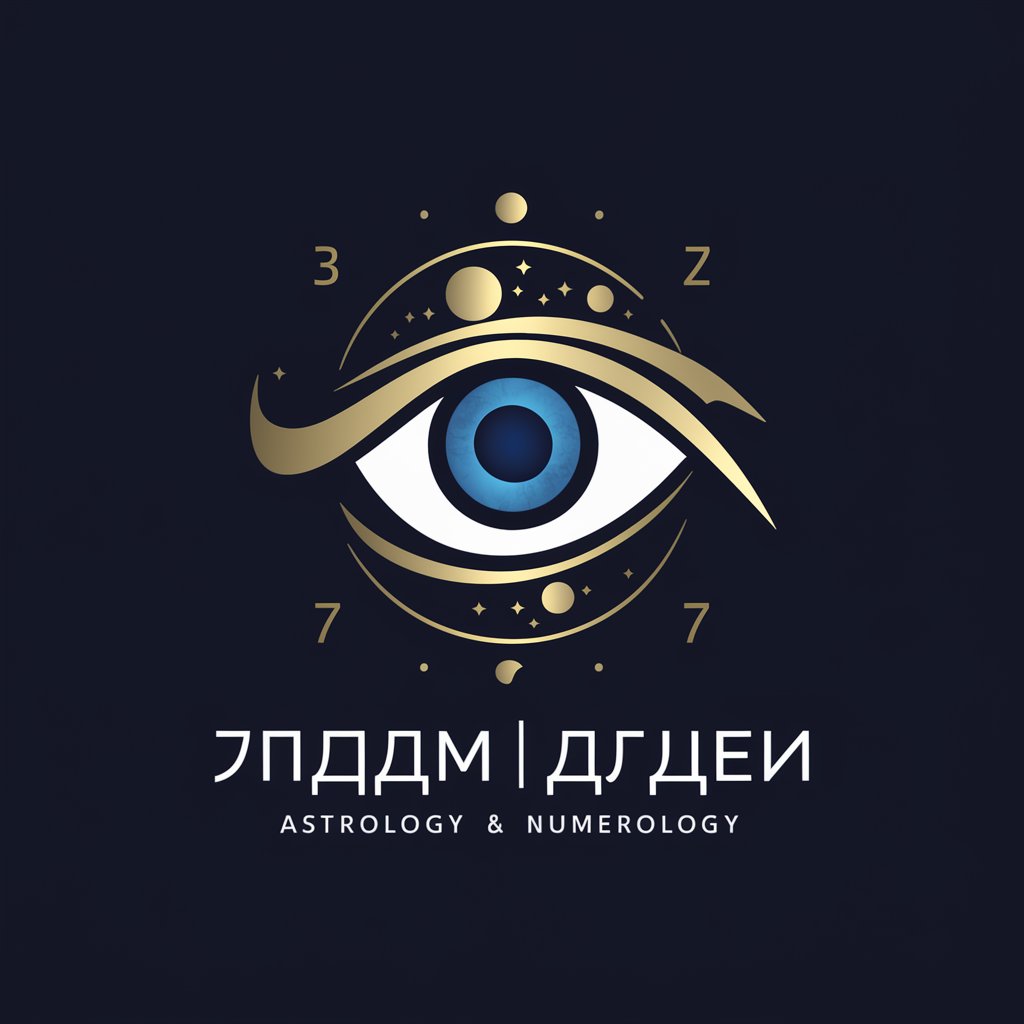
【當代牙醫】牙科秘書(測試中)
Empowering Your Dental Health with AI
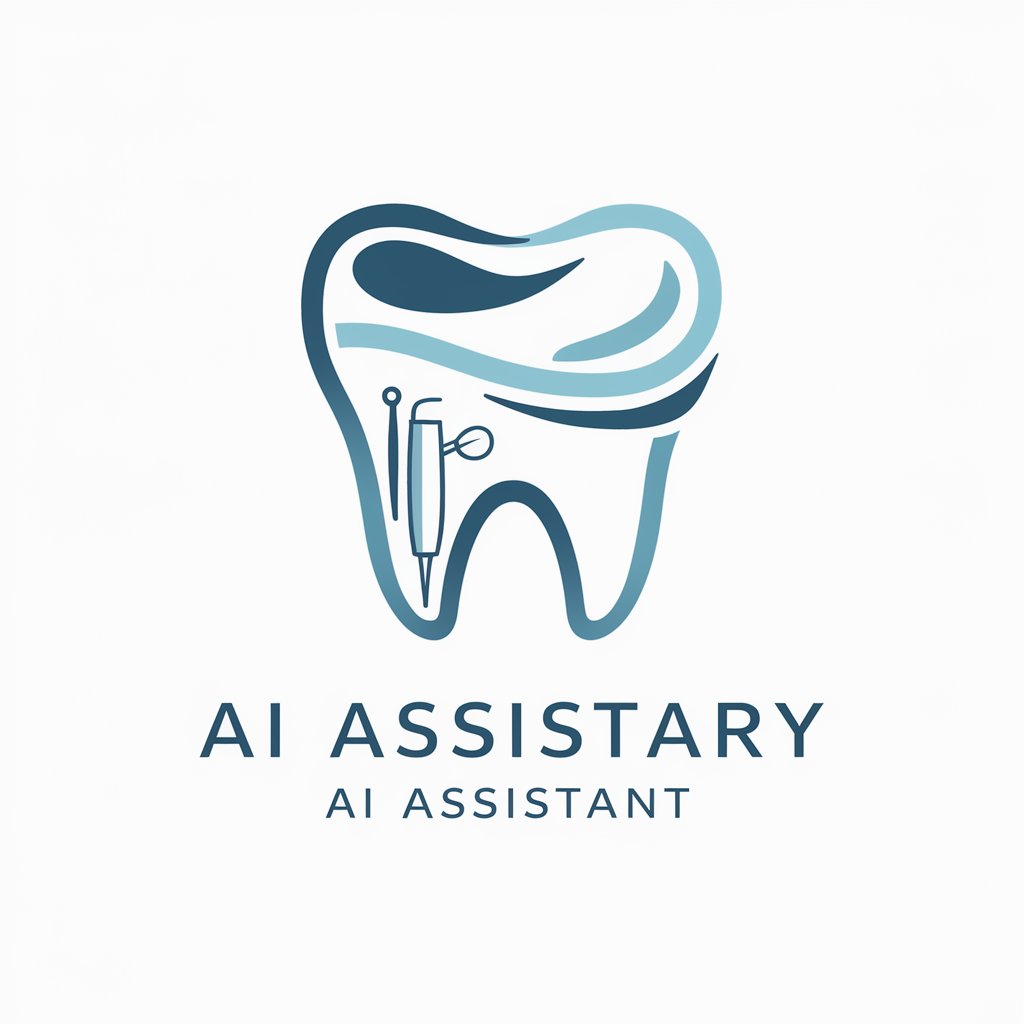
永續思維轉型GPT
Empower Your Business with AI-driven Sustainability
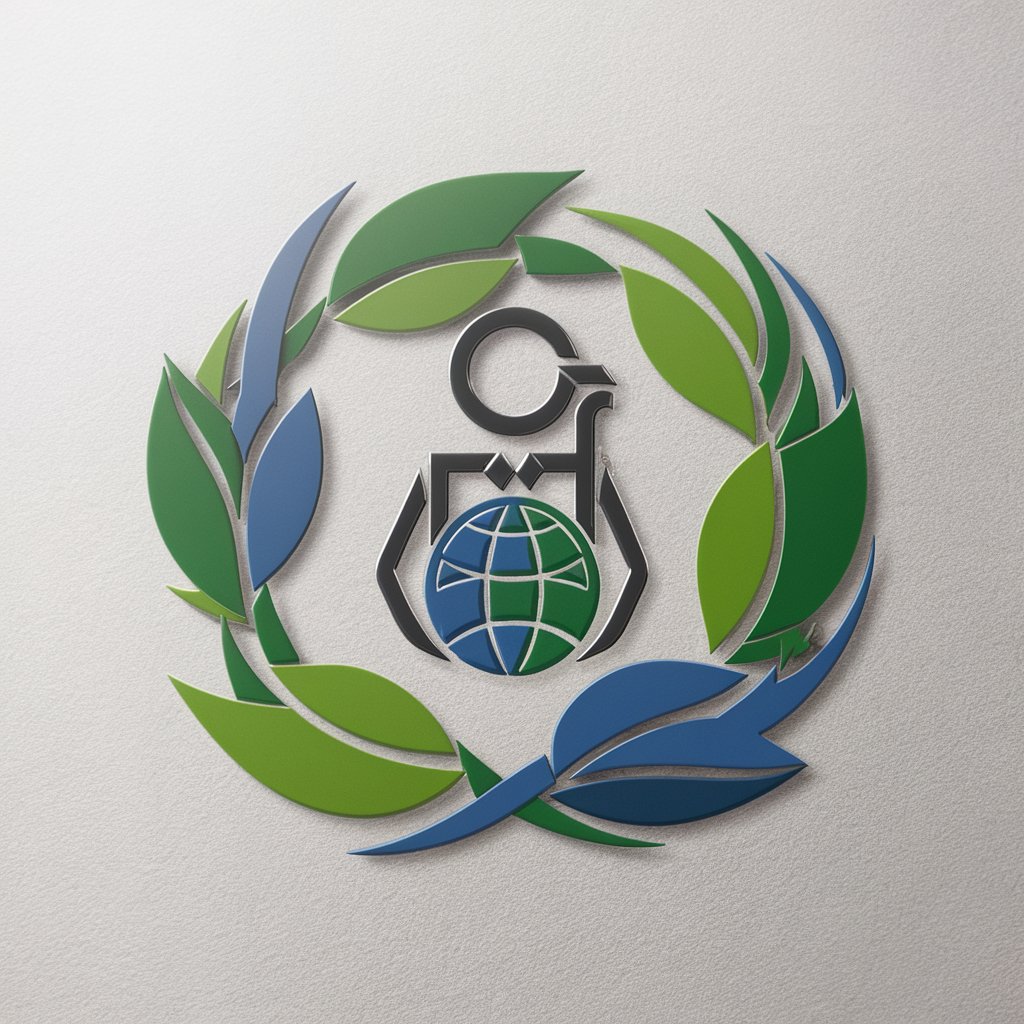
Job Description Assistant UK
Craft precise, AI-powered job listings effortlessly.
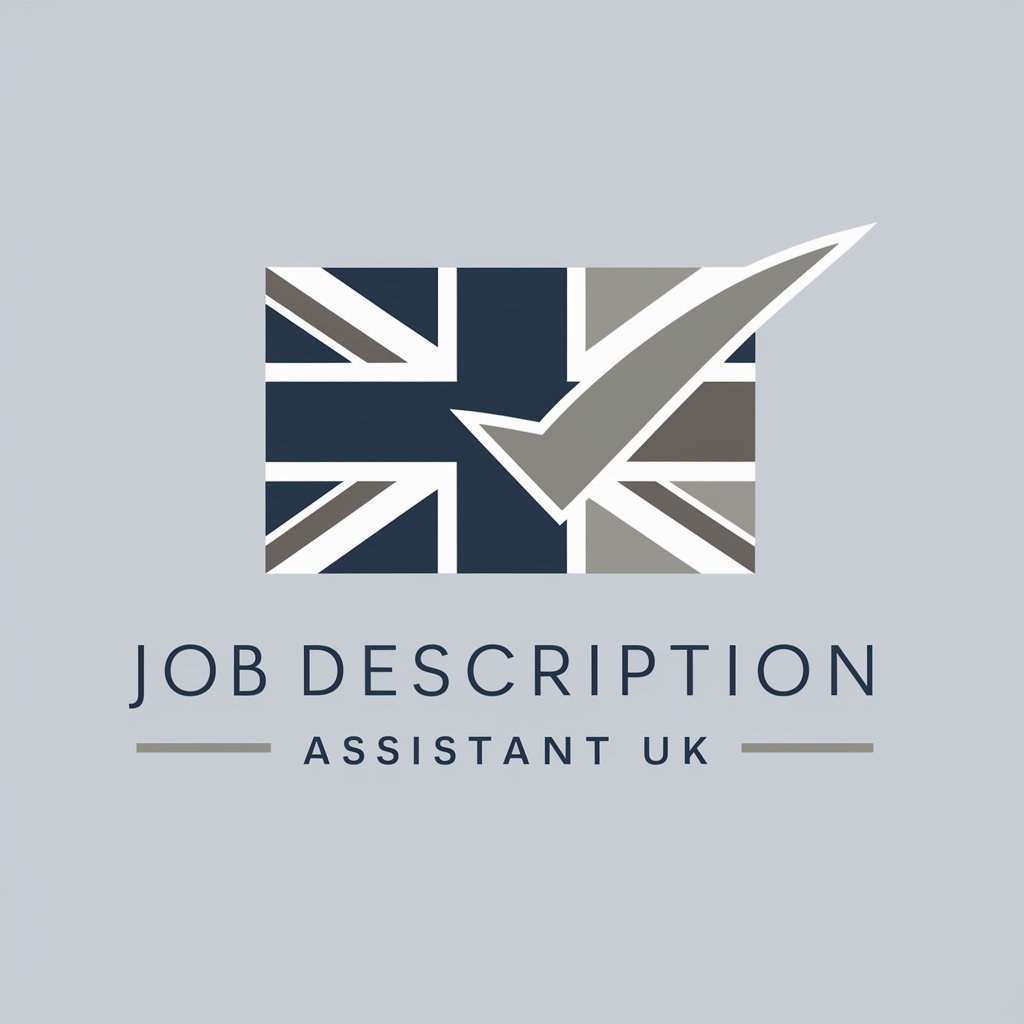
Legal Eagle By Jagvir Bains
Empowering Legal Solutions with AI
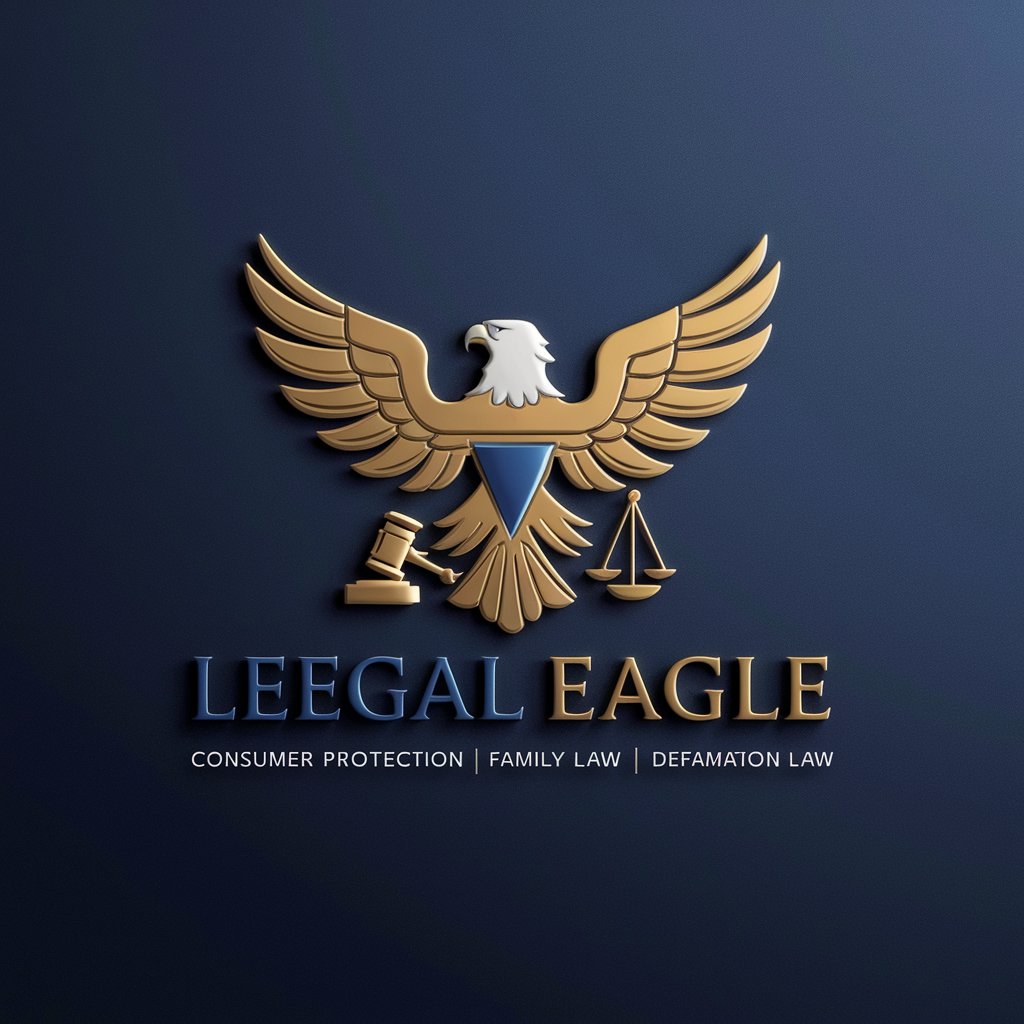
DAS Expert
Simplifying Design & Access Statements

GPT-UL
Empowering Learning with AI

Mentalidade Ágil
Empowering Agile Minds with AI

Nômade Assistant
Empowering Your Journey with AI

Material Web Design Coder Q&A
What is Material Web Design Coder?
Material Web Design Coder is a tool designed to help developers convert standard HTML form elements into Material Design components, enhancing web interfaces with a modern, user-friendly design language.
How does it handle input fields?
It converts <input type="text"> elements into <md-outlined-text-field>, allowing for attributes such as 'label', 'placeholder', and 'type' to be specified, enhancing the form's usability and appearance.
Can it convert buttons as well?
Yes, <button> elements are transformed into <md-outlined-button>, adhering to Material Design's guidelines for buttons, providing a consistent and attractive user interface component.
Does it support advanced features like validation?
Absolutely, the coder includes capabilities for implementing validation techniques, character counters, and supporting text to ensure forms are not only visually appealing but also functional and user-friendly.
How does it contribute to accessibility?
It emphasizes accessibility considerations by ensuring that converted forms are accessible to users with disabilities, including support for screen readers and keyboard navigation, aligning with inclusive design principles.
